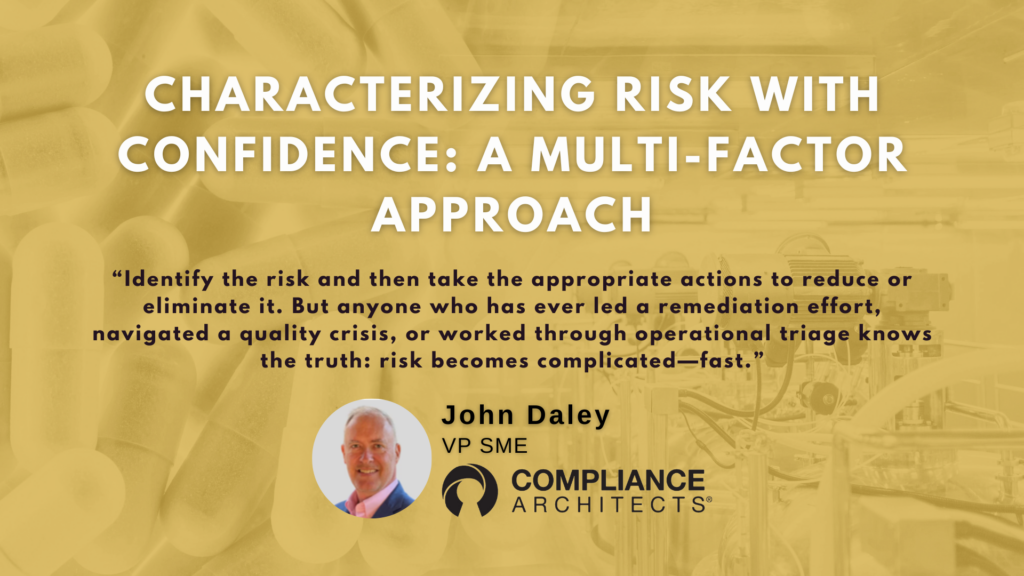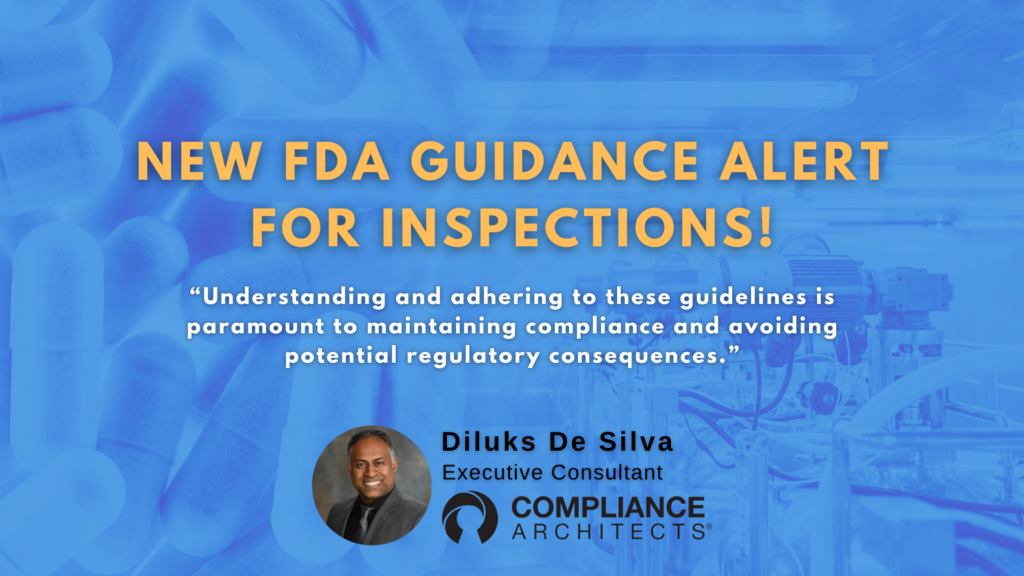2025 is shaping up to be another highly active year for the FDA enforcement of Current Good Manufacturing Practices (cGMPs). As I have been reviewing 2025 warning letters, one thing is clear: the same themes keep surfacing across different companies, product types, and geographies when it comes to FDA Enforcement.
What strikes me is that these are not “just” isolated compliance misses; they are signals of deeper, systemic challenges that every regulated organization should take seriously. Whether you are in sterile drug manufacturing, medical devices, or contract services, the lessons are the same: the fundamentals of GMPs are still where companies stumble, and the FDA is quick to act when they do.

Key FDA Enforcement Themes
1. Aseptic Processing Controls Sterile manufacturing remains a top FDA concern. Multiple letters cite lapses in aseptic technique and contamination prevention, underscoring that even minor breakdowns in sterile practices can lead to significant compliance consequences.
2. Quality System Robustness Quality management systems continue to be at the center of enforcement. The FDA has already issued more device quality system warning letters this year than at the same point in 2024. CAPA ineffectiveness and weak management oversight continue to be recurring deficiencies.
3. Data Integrity & Computerized Systems. Data integrity is still a hot inspection target. FDA letters highlight failures to uphold ALCOA+ principles, gaps in validated audit trails, and insufficient controls over hybrid systems.
4. Supply Chain & Materials Control Supplier qualification, raw material testing, and oversight of outsourced operations remain under scrutiny. With the growing reliance on global networks, lapses in material control are appearing more frequently in warning letters.
5. Environmental & Contamination Controls Beyond aseptic operations, the FDA is citing inadequate environmental monitoring and gaps in cleaning validation across sterile and non-sterile facilities.
6. Documentation & Recordkeeping “Not documented = not done” remains a central FDA mantra. Investigators continue to cite incomplete batch records, backdated entries, and poor documentation practices that undermine traceability and regulatory confidence.
7. Risk Management & CAPA Linkage FDA expects firms to “connect the dots.” Risk assessments must be robust, and CAPAs must address root causes and systemic issues, not just isolated events. Closed-loop processes that prevent recurrence are a clear expectation.
8. Global Manufacturing Oversight With more unannounced FDA inspections overseas, foreign facilities are under the same scrutiny as U.S. sites. Recent letters highlight weaknesses in global oversight and third-party manufacturing networks.
9. Quality Culture Perhaps the most critical theme cutting across all others: quality culture. Many FDA findings can be attributed to a lack of ownership of quality at every level. A culture that prioritizes schedule or cost over compliance fosters the very lapses, poor aseptic technique, inadequate documentation, ineffective CAPAs, that dominate enforcement actions.
Regulators are increasingly examining how leadership sets the tone, how teams are empowered to “do the right thing,” and whether quality is viewed as a shared responsibility rather than a task for the QA department.
Why It Matters
The FDA enforcement trends indicate that inspection readiness is no longer limited to a single product or process; it is about the overall strength of the quality system and its consistent execution.
For organizations operating globally, regulatory expectations are consolidating around common principles. The bar for compliance is rising, and companies cannot afford reactive fixes. Sustained success depends on proactively strengthening quality systems, embedding data integrity, managing risks effectively, and cultivating a resilient quality culture.
Closing Reflection
From my own experience walking sites, reviewing systems, and speaking with teams, I have seen how often compliance issues are rooted less in technical gaps and more in cultural ones. A strong quality culture, the daily behaviors, leadership tone, and collective ownership of compliance, remain the cornerstone of sustainable success.
Warning letters may point to failures in Quality Systems, Data Integrity, or CAPA management. Still, the underlying reality is consistent: when quality culture is weak, even the most well-designed systems will eventually fail. When culture is strong, compliance thrives.
At Compliance Architects®, we understand the stakes when it comes to FDA Enforcement. Our team partners with leading organizations across the pharmaceutical, biotech, medical device, and advanced therapy sectors to transform compliance challenges into opportunities for sustainable excellence. If you are looking to strengthen inspection readiness, remediate systemic issues, or elevate your quality culture, we can help you achieve your goals.





